Lifeprint needed an app to power their AR photo printer, enabling seamless printing, sharing, and social connectivity.
Developed the native iOS and Android apps with printing (Bluetooth & WiFi) and scanning (AR experience) modules and a globally supported cloud infrastructure.
Enabled Lifeprint to secure Apple as a global retail partner, win a lucrative Harry Potter licensing deal with Warner Bros., and raise $2.2 million in funding.
Lifeprint's "app-connected" wireless printer makes its Kickstarter debut - TechCrunch
Lifeprint’s augmented reality photos get the most obvious Harry Potter partnership Ever - The Verge
Lifeprint approached Tintash with the vision of building an app-controlled augmented reality photo and video printer. With Facebook, Instagram, and Snapchat dominating the “memories” market, Lifeprint wanted to bring back the value of preserving memories through printed photographs. They wanted to let users share and experience digital content like it was 1999 – but with a totally new twist.
Lifeprint’s AR printers would allow users to print “hyperphotos” and see them come to life before their eyes. Users could shoot a short video clip of 15 seconds or less, or grab a GIF from their social media feeds, and print it as a hyperphoto (one frame, which users could manually choose, was designated as the “photo” part of things). When someone printed that hyperphoto, pointing their smartphone camera at it triggered the associated video clip to play within the Lifeprint app.
Tintash’s partnership with Lifeprint spanned multiple phases over several years during which we worked on different feature sets to achieve the various milestones in their product journey.
Phase 1
We started with the idea of creating an app that would enable users to instantly print photos and videos in their phones anywhere using Lifeprint’s proprietary portable printer. The Lifeprint team wanted us to convert that idea into a proof of concept (POC) to help with their fundraising efforts.
In a collaboration that started right at the beginning of Lifeprint’s product journey, Tintash helped in planning and scoping out the app functionality, defining the user flows, prototyping and development. The final POC allowed users to print photos and videos in their Lifeprint app gallery using the Lifeprint printer that was connected to their phones via Bluetooth. Users could also play the printed videos on their mobile screens by scanning those through the app.
Lifeprint used the demonstrable application to run successful Kickstarter and Indiegogo campaigns and raise upwards of $300k in seed funding. This successful fundraising afforded Lifeprint the capital to manufacture printers and continue with their product development efforts.

Phase 2
Following a successful seed fundraising campaign, Lifeprint landed an opportunity to give a product demo to Apple’s executives. To prepare for the meeting, we started working on scaling the app to support reliable printing and scanning of user generated content.
It was important to have both a reliable printing module, which served the core functionality of printing, as well as a robust scanning module to ensure a great overall user experience. For the former, our team created a state machine; while for the latter, we developed an image recognition and playback experience that could support recognition of thousands of distinct user images in a timely manner.
In line with Lifeprint’s vision of enabling people to share their memories with friends and family, we created the Lifeprint social network within the app where users could share, like, and comment on content. They could also print photos shared with them and scan those through the app to bring them to life. The team also worked on integrations to allow users to fetch content from their Facebook, Instagram and Twitter albums on to their Lifeprint app.
All these efforts aimed at scaling the POC helped Lifeprint become a global retail partner of Apple.
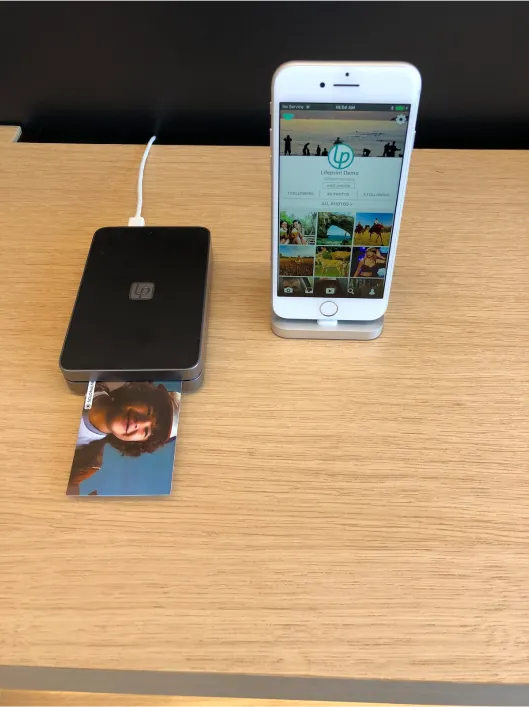
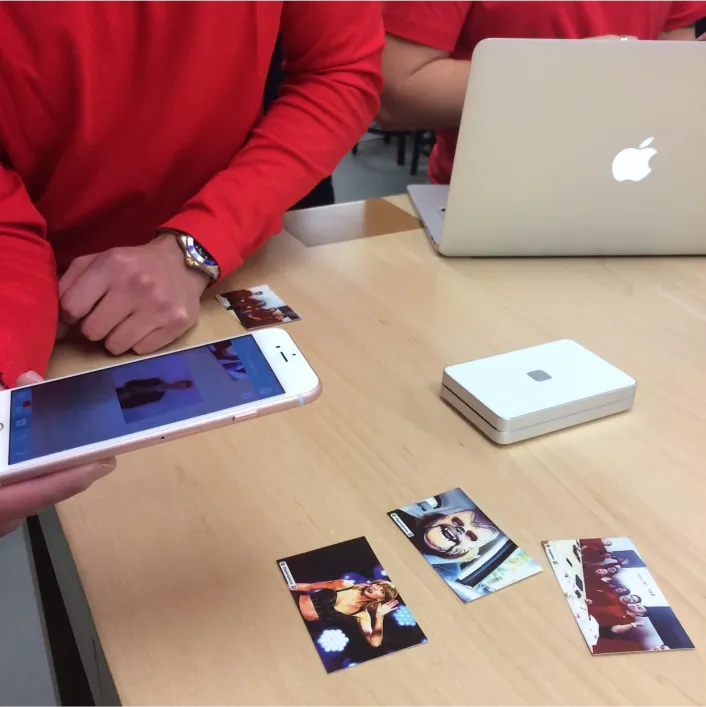
Phase 3
Becoming Apple’s retail partner entailed making the app globally available, including China. China was a huge market that Lifeprint wanted to tap into. However, the country’s firewall policy which blocked most of Google's cloud services that our app used posed a challenge.
To overcome this problem and include the Chinese user base, our engineers deployed the same python codebase to the AWS and app scale infrastructure. Using a single code for multiple deployment environments, we developed an infrastructure that was easily scalable and maintainable and worked globally.
Updating the infrastructure required updating the overall app architecture. The diagrams below compare different modules of the service architecture based on the user’s region.
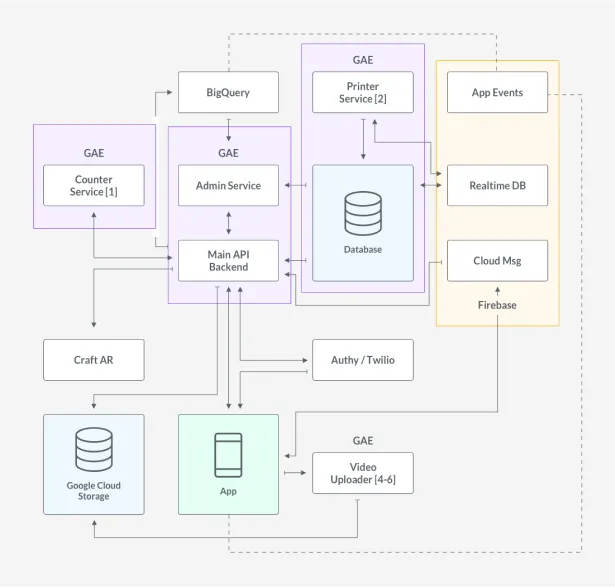
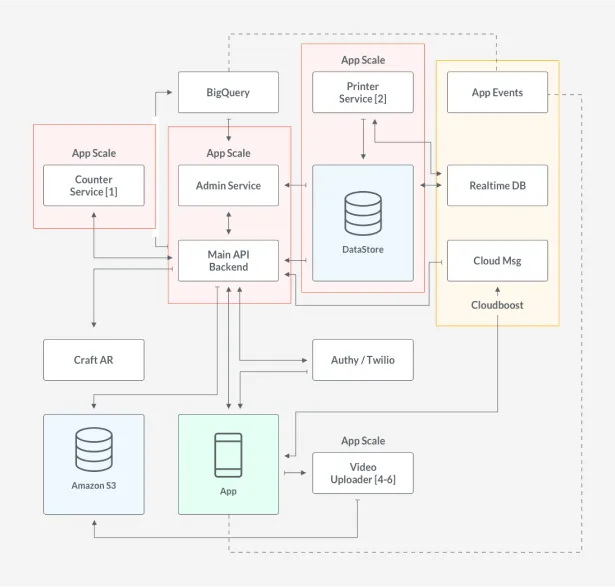
In addition to launching the global app support, the team also worked on scaling the AR experience. We used the new AR library (CraftAR) to allow users to scan their desired content from within more than a million different user generated images in just a few milliseconds. We also used DeepAR (another 3rd party service) to enable an experience similar to Snapchat masks and filters.
During this phase, Lifeprint launched a new printer model which allowed for WiFi printing in addition to the Bluetooth connectivity. This hardware update required our team to make changes to the app’s printer module architecture so that WiFi-to-Bluetooth and Bluetooth-to-Wifi transitions could be handled seamlessly. In order to pre-empt the possibilities of data corruption and undefined states during such hand-offs, we used a comprehensive state machine pattern to solve that complex problem.
Phase 4
In 2018, Lifeprint partnered with Warner Bros. to bundle their very Harry Potter-like moving AR pictures into a proper Harry Potter-branded package. The company launched their latest product, the Harry Potter Magic Photo and Video Printer, that allowed users to unlock Harry Potter-themed content inside the app by simply connecting to this printer.
Implementing this Harry Potter theme required our team to implement hardware-based content unlocking as well as build considerable updates to the overall application’s user interface and user experience design. Towards this end, we used firebase to update user data in real-time and added a theme engine using protocol oriented programming (PoP) to handle all the UI/UX updates as soon as a user connected to the special Harry Potter Printer.
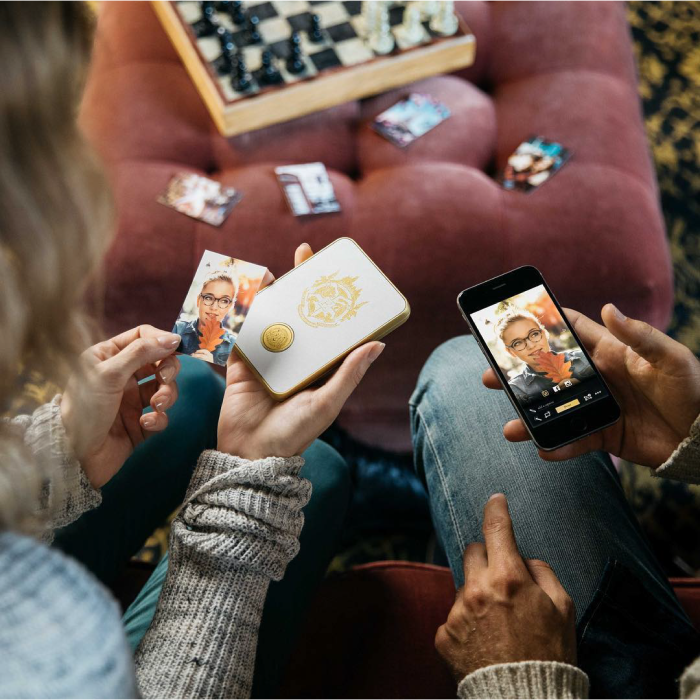
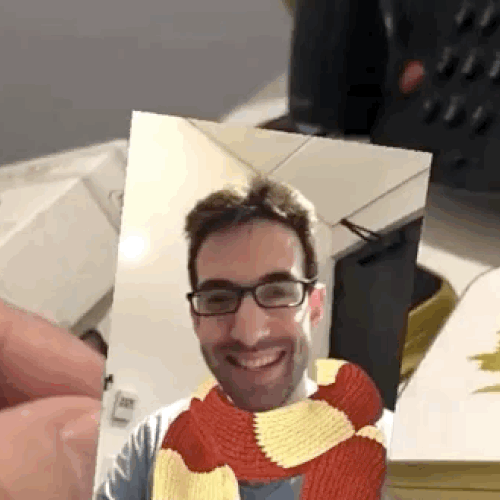
Lifeprint was the first (and only) instant photo printer in the world that not only allowed users to print live videos, but also share those printed videos with their friends, family, and fans all over the world.
It’s also super simple to use. All users needed was a Lifeprint wireless, inkless photo printer, the augmented reality Hyperphoto™ software application, a sticky back photo paper, and a Lifeprint-compatible smartphone (iPhone or Android). They could select photos, videos, and even animated GIFs from their phone gallery, Snapchat, Instagram, Facebook, GoPro Clips, and Apple Live Photos and simply hit print.
Once the photo was quickly printed, users could view it through Lifeprint’s Hyperphoto software app and watch the image come to life in their hands. The app also collected and organized photos and videos from their phones’ camera roll, making them easy to access and send through social media to other Lifeprint users. Once your friends had your prints, they could watch them come to life just as you could watch theirs.
While there were many Zink printers in the market, we created an app that allowed users to make AR experiences from their photos and videos. In one meeting, an Apple executive noted that while their company had pushed on the AR front for a couple of years, only Lifeprint had managed to enable users to create personalized experiences using their own media.
We were extremely satisfied with the results achieved. Tintash have great communications, great attention to detail, and are firmly committed to their delivery goals. When problems were identified, they were very creative at suggesting fixes and alternatives. They were very responsive and aggressive in closing out defect reports. We had a very positive work experience and a very positive relationship.
Patrick Cosgrove
CTO, Lifeprint on Clutch
Efforts of the Tintash team throughout the course helped Lifeprint displace existing Zinc printers in the Apple Store, nurture a passionate and growing photo sharing community, and successfully raise $2.2 million over three funding rounds.